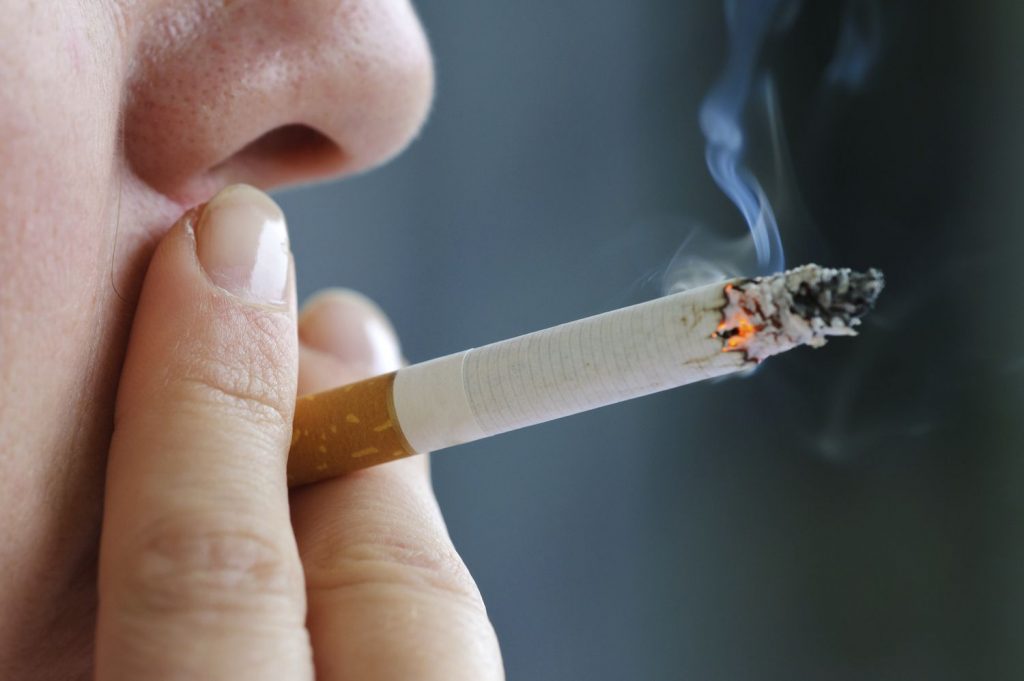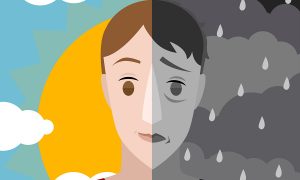
Introduction
The practice of smoking has been with us for some centuries now, it appears to have existed in America even before the coming of the Europeans. Smoking is the act of inhaling burnt particles rolled into a paper, or stuffed within a pipe. It is actually a mode of drug administration, but mostly done as a part of recreation. These inhaled particles could be grounded leaves cannabis, tobacco or some other parts of the plant. It can also be psychoactive drugs like phencyclidine, amphetamine or heroin.
Through its long history, smoking appeared harmless, but recent observations and studies have clearly pointed out the deadly effects of smoking, making it the single most avoidable cause of death in humans.
Why do people smoke?
People smoke for a variety of reasons. These reasons are highly individualized, thus, several smokers could harbor several reasons for smoking. Most people who smoke are usually influenced at the nascency- either by the parents or peers. Many other reasons are psycho social, and might be a way of emotional succor to financial, marriage, relationship or family breakdown. Other reasons could be for stress relief, media influence, the pleasurable feeling, etc.
The physiological impact
Smoking causes an increase of nicotine in the blood stream, causing the stimulation of nicotinic receptors of the autonomic nervous system, a flush of adrenaline and the perceived feeling of pleasure. On the other hand, it can also cause deep deposition of the smoke particles on the exposed surfaces of the respiratory tract and lungs causing decreased lung elasticity. Correspondingly, nicotine is also a highly addictive substance that can lead to dependence, and a compulsive need for the smoke and to take it even at the expense of other nutritionally valuable substances.
Smoking is a leading cause in the cancers of the lungs, esophagus, mouth, larynx, kidney and virtually all other cancers due to the over 100 DNA-damaging carcinogenic particles inhaled by smoking.
Smoking also causes plaque formation in blood vessels, which effects the constriction and tighten of the lumen of these blood vessels. This build up, together with its effect of the elasticity of the vascular walls, is a set off for cerebrovascular diseases like strokes and heart attack.
In hematology, smoking can destabilize the body homeostasis by sparking off platelet aggregation through endothelial damages. In addition, smoking has a detrimental effect on the immune system, making the smoker susceptible to infections and cancers.
Due to the deposition of smoke particles on the surface of organs of the respiratory tract, these organs that aid in respiration may lose significant level of their elasticity. The consequences of this will include stasis in the respiratory conduct system, making it a breeding ground for microorganisms. This loss of elasticity can as well be of constrictive effect on the lungs and greatly impeding on its respiratory capability. Smoking, being addictive, makes the smoker very likely to engage in it on a long-term basis. This too, is a common cause of Chronic Obstructive Pulmonary Disease (COPD), a group of lung diseases caused by a persistent exposure to a lung irritant.
Other noxious health effects of smoking are sterility, diabetes, and social disturbances like withdrawal syndromes and irritating odors.
Prevention
Being able to stop smoking may prove to be difficult, but the ultimate approach is education and sensitization, to forestall it from the onset or in the infancy. Due to the addiction to nicotine, a medical expert might be hired for a while to help wean the smoker off nicotine.
Onyeka, N. Victor
Clinical Medical Student,
Nnamdi Azikiwe University, Nigeria.
Onyeka, Nnaemeka Victor is a passionate content and copywriter. He is also a lover of poetry which have gotten him many publications.
Currently a clinical medical student, he has been privileged to get involved in so many philanthropic activities driven by passion to see a better world.
He simply loves writing, especially poetry and medical articles.


